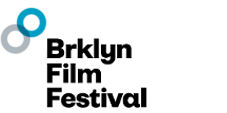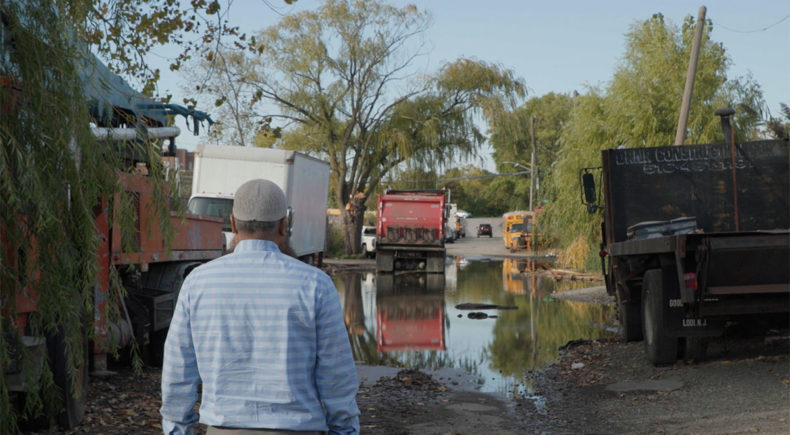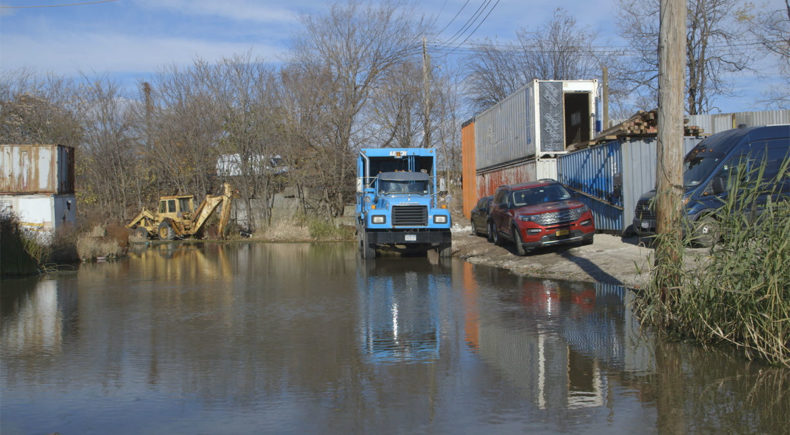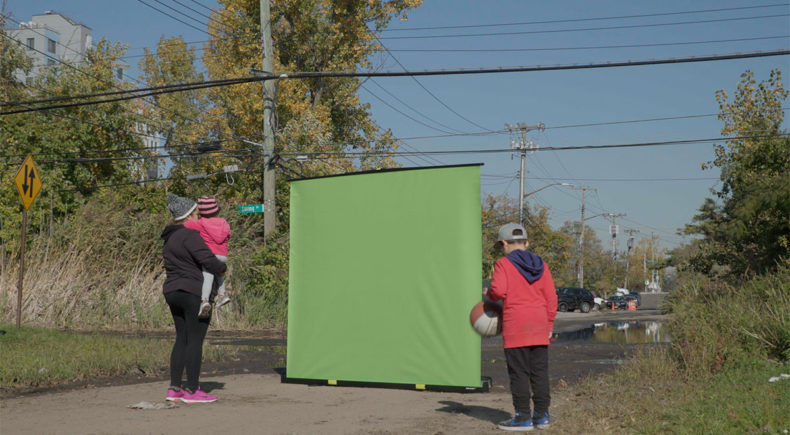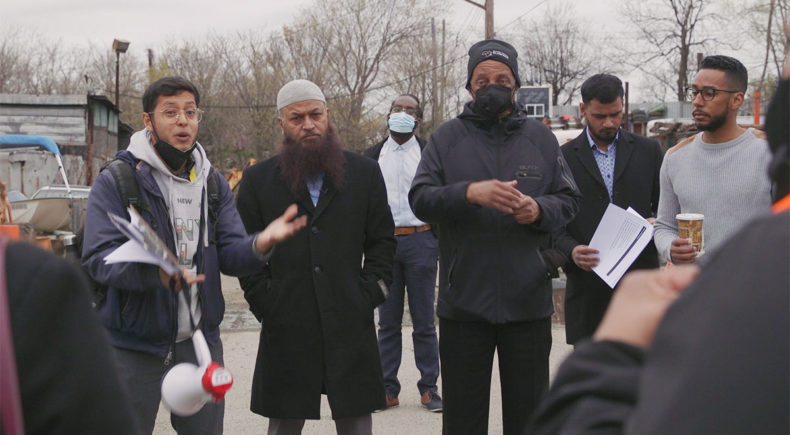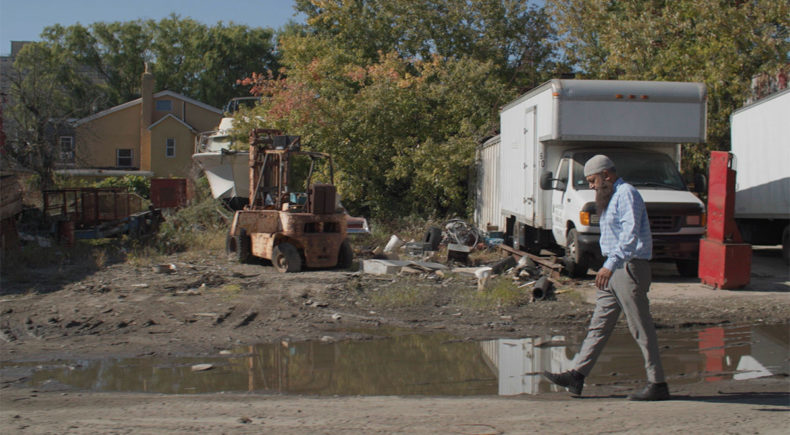Jewel Streets
Director: Sarah Jacobson
United States, 2024, 19 min
Shooting Format:Digital
Festival Year:2024
Category:Documentary Short
Genres:Environment, Activism
Crew:Producer: Jenny Catherall. Cinematographers: Sean Hanley, Nate Dorr; Editor: Sarah Jacobson. Sound Design & Re-Recording Mix: M.B. Al-Rahim. Colorist: Sean Hanley. VFX: Colleen Foley.
Email:jenny.catherall@gmail.com
Synopsis
Jewel Streets introduces viewers to a neighborhood in New York City that is perpetually flooded with toxic water, exposing them to daily health and safety hazards. With the help of local activists, its residents - desperate for action after decades of city negligence - urgently press city officials to improve the area’s infrastructure and their quality of life once and for all.
Trailer
About the director
Sarah Jacobson is a Brooklyn-based documentary director and editor. Ranging from Vimeo Staff Pick shorts to the Emmy Award-winning feature, We Could Be King (Tribeca 2014), she has worked on projects that have screened internationally and across the US at festivals such as SXSW, Full Frame, and BAMCinemaFest. In recent years, she co-edited the feature documentaries Us Kids (Sundance 2020) and Embodied (Tribeca X 2023), and worked as an associate editor on the feature documentary CUSP (Sundance 2021). In addition to her editing work, she co-directed Have No Fear (Visions du Reel, 2017) which follows activist and choreographer Adia Whitaker as she teaches her children how to avoid becoming victims of police brutality through performance.
Filmmaker's note
In Jewel Streets, a neighborhood's flooded streets are a flagrant symbol of New York City's disregard for the health and wellbeing of an under-resourced community. Yet most New Yorkers have no idea that this is happening in their own backyard. My film explores the impact of decades-long environmental injustice and celebrates the power of community building and organizing. My hope is that the film will put pressure on the city to update the neighborhood's infrastructure and do so in collaboration with community residents. While it may be about a hyper local issue, my goal is to give audiences the space to reflect on the film's universal human implications, especially as the effects of climate change exacerbate infrastructure failures all around the country.
Residents constantly call and write the city, attend community board meetings, pump water out of the streets themselves, dig makeshift drainage systems and help get each other's cars out of blocks of ice in winter. I wanted audiences to see that residents are far from passive victims. The green screens were a way for community members who have been particularly active in organizing to visually represent their dreams for the neighborhood's future and engage city officials anew.

